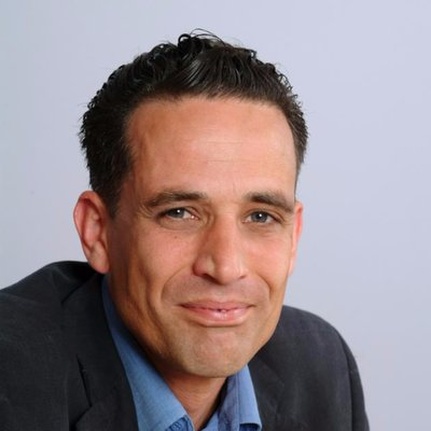“In a small country where people are well connected, adaptable and aspirational, great changes are possible”
6 Dec 2023
Providing a safe and therapeutic space for children and young people who have been victims or witnesses of harm, the Bairns' Hoose model has the potential to transform the care, justice and recovery systems.
Here, Henry Mathias explores the background to implementing the model, and discusses the challenges that lie ahead.
Just a few months ago, Scotland's first “Bairns' Hoose” (click for more) opened its doors, marking a significant step forward in our country's commitment to providing coordinated, comprehensive support under one roof for all children and young people in the protection and justice systems.
Informed by the Barnahus model, which originated in Scandinavia in the late 1990s and has since become commonplace across many European countries, it has taken years of hard work and determination to see this innovative, holistic approach become reality.
Implemented as a key action from The Promise, and underpinned by the United Nations Convention on the Rights of the Child (UNCRC), Scotland's Bairns' Hoose model centres on the creation of safe and welcoming places for children to go once a crime of abuse or violence has been reported, and brings therapeutic support, child protection, recovery and justice services together in one place through a "four rooms" concept.
With cross-party support, and a commitment from the Scottish Government to make a Bairns' Hoose available to all children who need it by 2025, the Care Inspectorate joined forces with Healthcare Improvement Scotland in 2019 to set about creating national standards to support a consistent, national implementation of the Barnahus model.
When we began this work, we already knew that Scotland's protection and justice systems hadn't always worked well for children and young people. Many families told us that after being a victim or witness, interaction with a multitude of statutory services - including the police, social workers, doctors, nurses and other professionals – made the experience even more difficult. In fact, many described the process as re-traumatising, as young people had to relive what had happened to them up to 14 times, often in different settings, with unfamiliar faces.
We also knew from our work bringing health and social care together to develop Scotland's Health and Social Care Standards, which came into effect in 2018, that an integrated model with one common framework was no easy task. We have built on the strengths of the joint police and social work Scottish Child Interview Model and brought in other professionals to be part of a new multi-disciplinary team. The collective focus of the team is the safety and wellbeing of the child victim.
It’s a considerable achievement that health and justice have come into the same space, which should mean that children and other family members experience a much more seamless and sympathetic all-round service. Being able to record video interviews to a consistently high standard in the Bairns’ Hoose should also mean that fewer children have to be cross-examined for court cases going forward. Scotland has adopted an ambitious and inclusive Barnahus model by including health and therapeutic support and ensuring siblings and other family members are eligible. In keeping with the holistic Kilbrandon principles, children under the age of criminal responsibility whose behaviour has caused harm can also access the Bairns’ Hoose, which adds a further layer of support.
To get it right and to make a difference, we needed children at the heart of the process. To make the standards outcome-focused, and embed individual, lived experience, children contributed to the drafting of the standards. We listened to and respected the voices of children, not by bringing them to an adult setting, but by funding participation groups that met in safe, protected spaces, which made it easier for them to express their opinions.
For Bairns’ Hoose implementation to be successful, the ongoing participation of children and organisations supporting them needs to continue.
This excerpt was taken from Issue 5 of Insight, the bi-annual publication for Children in Scotland members.
To read the full interview, you'll need a digital subscription, which costs just £10 per year and provides access to two issues. For more information, contact Alice Hinds: ahinds@childreninscotland.org.uk
Already a member? Click here to read Insight Issue 5

About the author
Henry Mathias is Head of Professional Standards and Practice at The Care Inspectorate
Click here for more
Insight Issue 5
Find out what's inside the latest issue. Illustration by Ally McKay
Click here to download
Join us in membership
Insight is just one of many benefits of membership of Children in Scotland
Find out moreEnquire
Find out more about Enquire, the national advice and information service for additional support for learning
Visit the websiteReach
The website for young people offers advice and support on accessing their rights
Visit the website